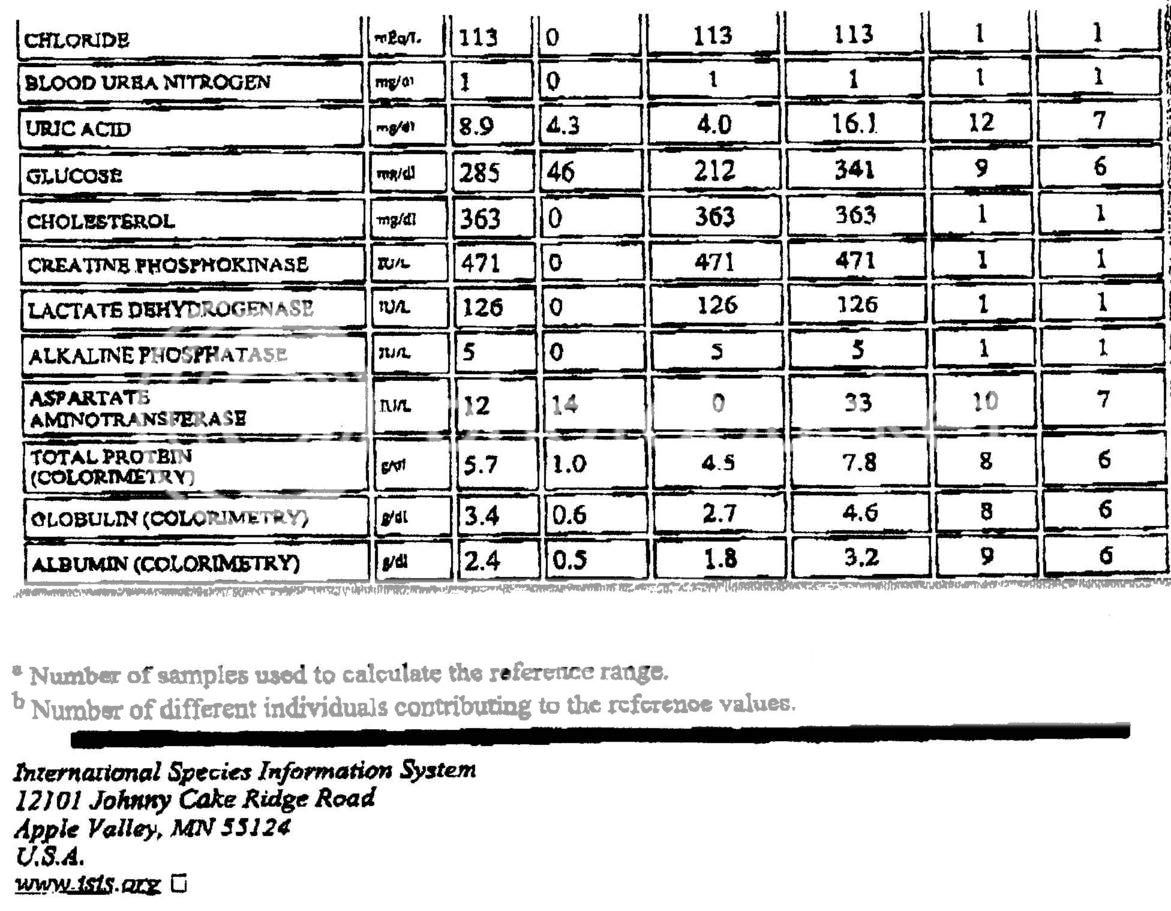prettykttkat
Established Member
Oh I forgot to say my vet looked at the fluid in the blisters and there was bacteria but no fungal spores. I am going in next week sometime after my vet gets done for the day to stain slides and see what we find. I'll keep you posted.









